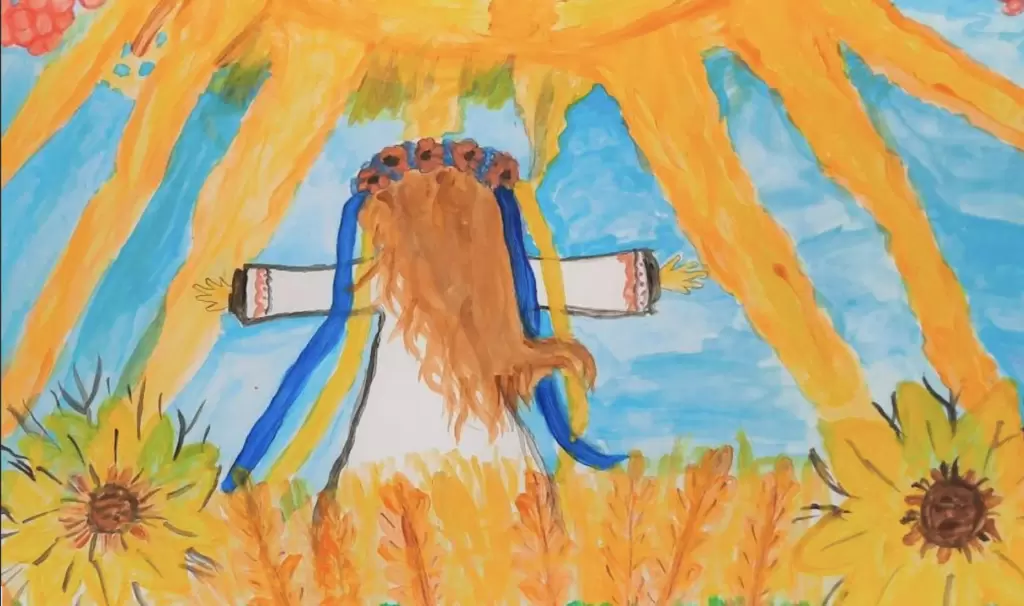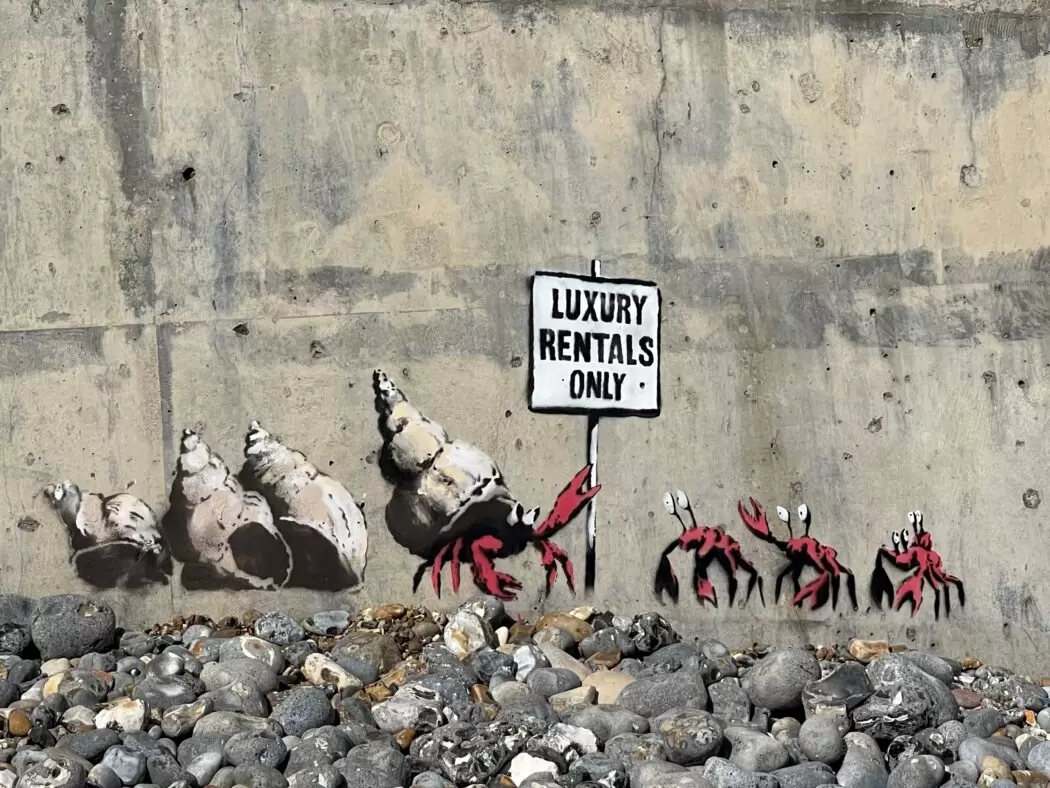Art therapy – much more than making art
Often confused with crafts and coloring books, art therapy is so much more than making art. Find out when the term was coined, whom it can help and where you can learn more.


Art therapy is a mental health profession that requires a graduate degree for entry into the field. Many art therapists continue their education to become board certified, which requires more than a thousand hours of clinical experience (at least in the US and most European countries). Along with education in psychotherapy, art therapists are trained to have a clear understanding of what materials work best in treating specific diagnoses and issues, and which materials and directives are most appropriate to achieve specific goals.
Although the act of creation can be healing in itself, art therapy takes concepts from psychology and counselling and expands on them, forming a unique field of mental health treatment in itself.
History of art therapy
Even though it was formally instituted as a discipline sometime during the middle of the 20th century, art therapy has its roots way back in human history. Art as a practice has existed for centuries, most of all because humans and art are deeply interconnected. British artist Adrian Hill is recognized as the first person to use and coin the term ‘art therapy’. Healing from tuberculosis, Hill used art as a form of therapy for himself. However, Sigmund Freud and Carl G. Jung are accredited with developing the initial roots of art therapy.
Following Adrian Hill, Edward Adamson’s research on psychiatric patients, and the setting up of the Withymead House by Gilbert Champernowne and Irene Champernowne proved of great significance to the development of art therapy. Margaret Naumburg, Edith Kramer and Elinor Ulman (USA), and Hanna Kwiatkowska (Poland) emerged as important classical thinkers. The establishment of the British Art Therapy Association and the American Art Therapy Association in 1964 and 1969, respectively, were crucial for the development of present-day art therapy.
Art therapy supports people with illnesses such as:
- Anxiety
- Depression
- Autism
- Injuries
- Stress
- Use of psychoactive substances
- Cancer
- Traumatic brain injury
- Various levels of cognitive impairment, including dementia and Alzheimer’s disease

Terminology & Definitions
In general, art therapy is a form of psychotherapy involving the encouragement of free self-expression through painting, drawing, or modelling, used as a remedial or diagnostic activity.
According to the Spanish Professional Association of Art Therapists, “Art therapy is a form of therapy that uses visual and artistic languages to facilitate the containment, exploration, and resolution of conflicts. It is a healthcare profession, characterized using artistic means and processes, to help contain and solve people’s emotional or psychological conflicts. In art therapy, the artistic creation process and the resulting objects act as intermediaries in the therapeutic relationship, allowing certain conflicting feelings or emotions to find complementary or alternative ways of expression to the word. The fields of application of art therapy extend to health, education, and social assistance.”
On the other hand, the American Art Therapy Association (AATA), defines art therapy as follows: “Art therapy provides the opportunity for non-verbal expression and communication, on the one hand, through involvement to solve emotional conflicts as well as to promote self-awareness and personal development.” It is about using art as a vehicle for psychotherapy, helping the individual to find a more compatible relationship between their inner and outer world.
Therefore, art therapy is understood to be a means by which an individual to know themselves, it requires an accompaniment of the person (in their process of inner growth) and some help for the person with social, educational, personal difficulties, through their artistic production, in such a way that the work carried out generates a process of transformation of the individual him or herself.
Clinical Effectiveness of Art Therapy and Rise in Popularity
When it comes to clinical effectiveness of art therapy in all sorts of patients, multiple studies have been done and yield interesting results. When it comes to those with depression, in nine studies it was found that art therapy significantly reduced depression in six of those cases. In seven studies examining anxiety, six of those studies showed a strong decrease in anxiety. In the three studies addressing trauma, all of them showed a reduction of trauma symptoms. In the one study examining cognition, the control group showed significant improvements in cognitive function relative to the art therapy group. Finally, when it comes to distress, the three groups all were found to show a reduced amount of distress.
Publications on “art therapy” from January 2006 to December 2020 were searched in the PubMed database and as a result 479 records were identified. According to the stats, more effort was made on this topic in recent years, with 84% of all materials related specifically to painting and drawing, 16% others include clay modelling, sculpting, photography, etc. To find out more, check out this list of best Art Therapy books available as of 2022
List of official art therapy associations
- American Art Therapy Associationhttps://www.arttherapyit.org
- Canadian Art Therapy Association
- The Professional Association for Arts Therapy in Australia, New Zealand and Singapore
- The British Association of Art Therapists
- Art Therapy Italiana
- Association of Art Therapists of Québec
- British Columbia Art Therapy Association
- Northern Ireland Group for Art as Therapy
- European Federation Art Therapy
- The Israeli Association of Creative and Expressive Therapies
- Hong Kong Association of Art Therapists
- International Expressive Arts Therapy Association
- Art Therapists’ Association Singapore





